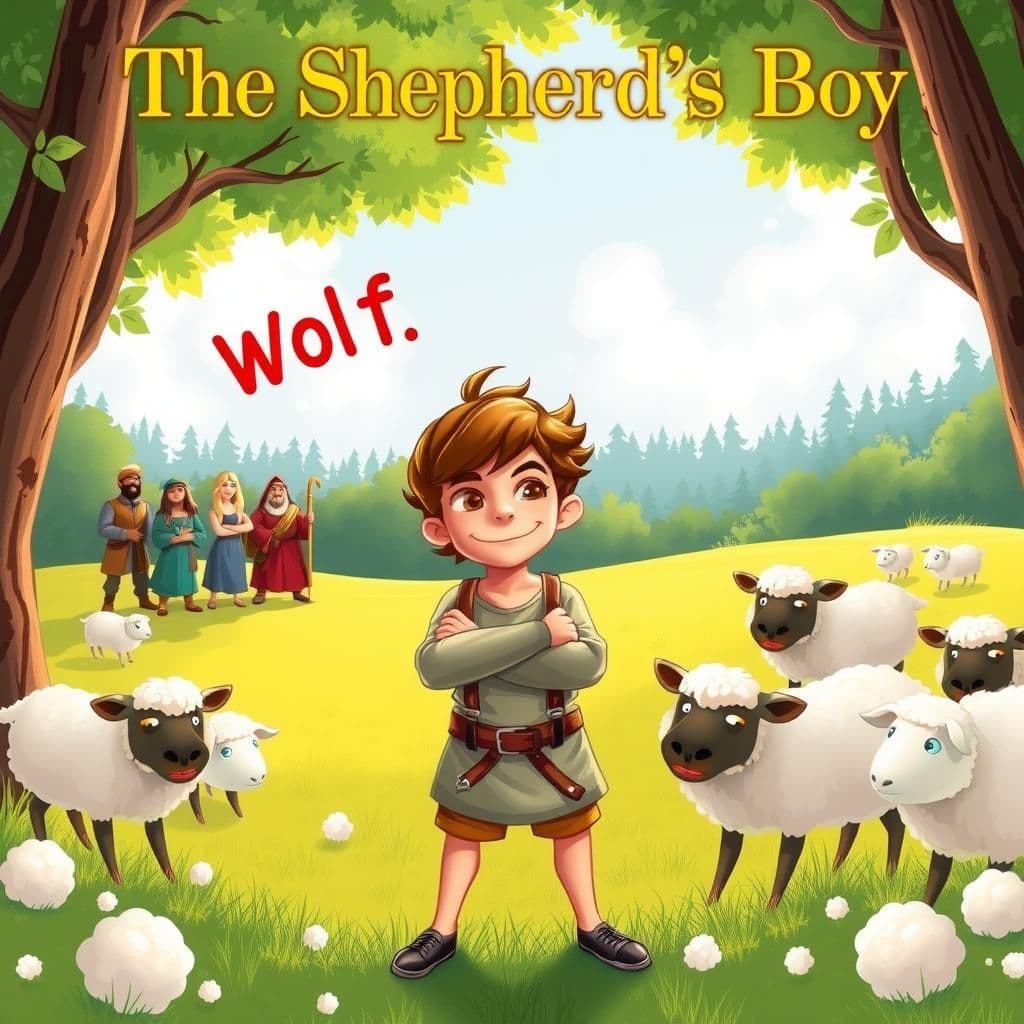The Wolf the Fox and the Ape
In "The Wolf the Fox and the Ape," a Wolf accuses a Fox of theft, but the Fox staunchly denies the accusation. An Ape, serving as a judge, concludes that the Wolf likely never lost anything, yet he believes the Fox is guilty of stealing. This moral-based storytelling illustrates a simple lesson from stories: dishonest individuals gain no credit, even when they pretend to act honestly, making it a fitting bedtime moral story for students.

Reveal Moral
"Dishonesty undermines trust, leading others to doubt your integrity even when you speak the truth."
You May Also Like

The Wolf and the Shepherd
In "The Wolf and the Shepherd," a shepherd learns a valuable lesson about trust when he mistakenly leaves his flock in the care of a seemingly harmless wolf. Initially wary, the shepherd eventually grows complacent, leading to the wolf's betrayal and the devastation of his sheep. This concise moral story serves as a cautionary tale for young readers about the dangers of misplaced trust in those who may have ulterior motives.

An Unspeakable Imbecile
In "An Unspeakable Imbecile," a judge poses a final question to a convicted assassin before sentencing him to death, seeking any last words. The assassin, dismissing the notion that his words could alter his fate, delivers a sharp insult, labeling the judge an "unspeakable old imbecile." This engaging moral tale highlights the futility of defiance in the face of inevitable consequences while offering simple lessons from stories about the respect for authority and the weight of one's words.

The Shepherd's Boy
In this fable story with moral, a lonely young Shepherd Boy tricks the villagers twice by falsely shouting "Wolf" to gain their attention. When a real Wolf appears and threatens his sheep, the villagers ignore his cries, believing he is lying again, leading to a loss of his flock. This unique moral story teaches young readers that a liar will not be believed, even when telling the truth, emphasizing the importance of honesty in real-life stories with moral lessons.